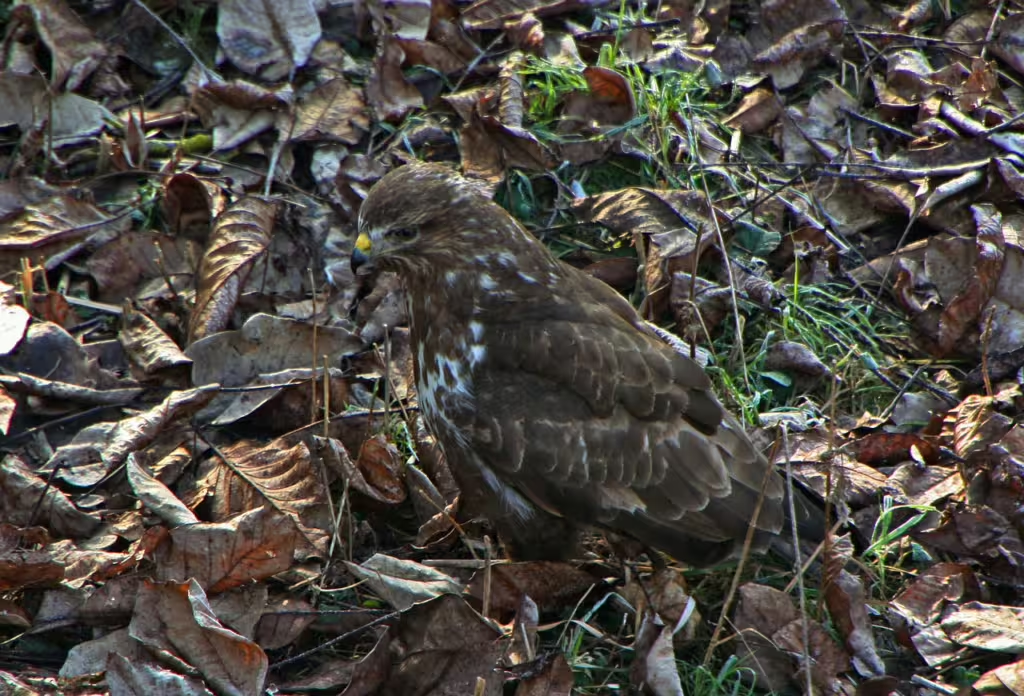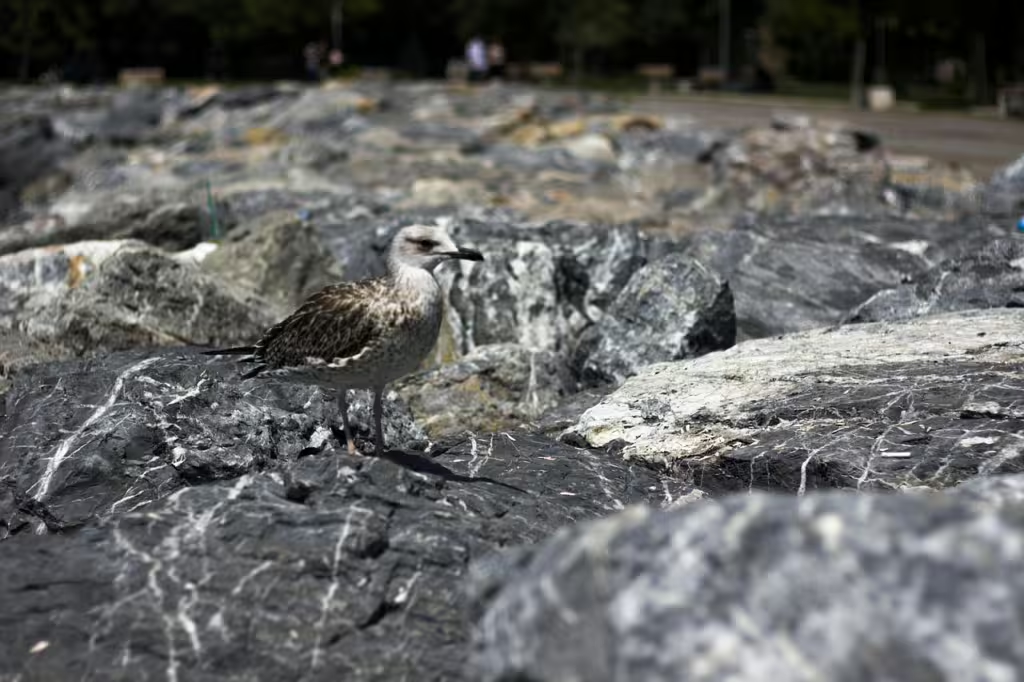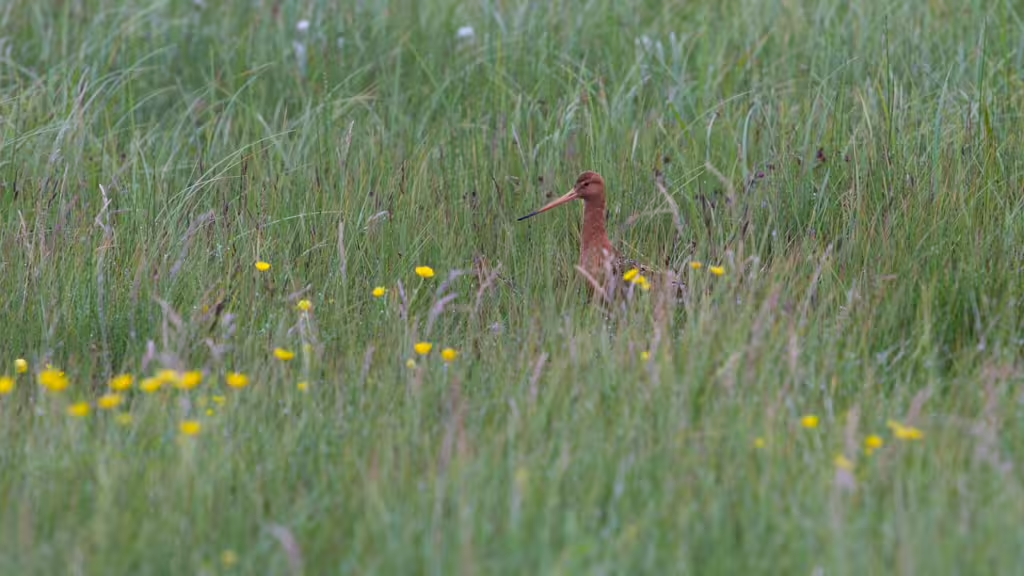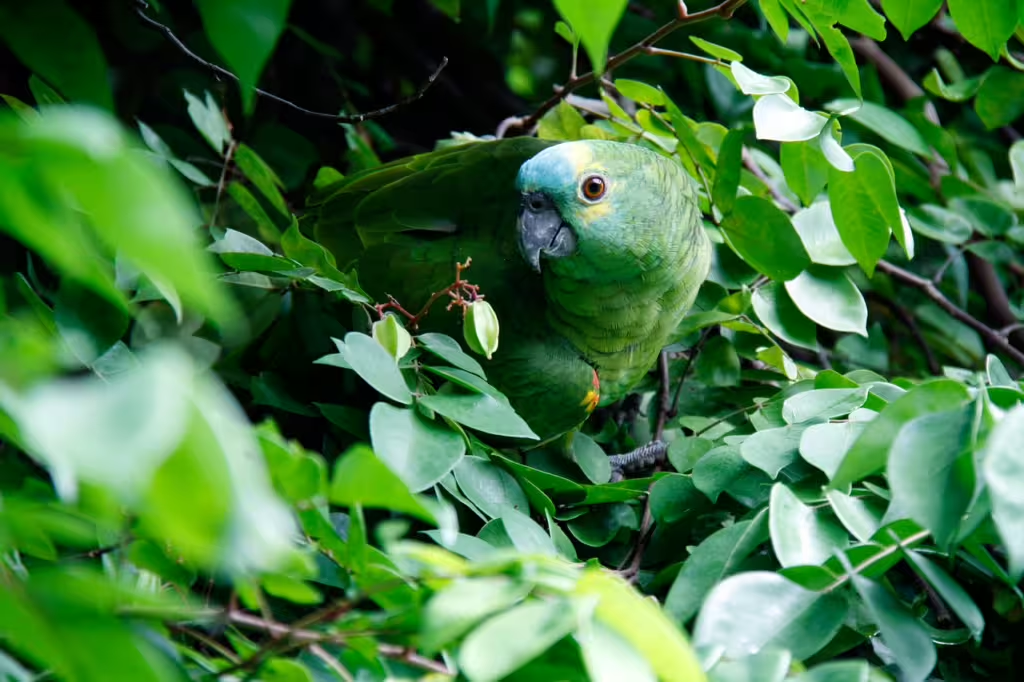When we think of birds, most of us conjure images of vibrant colors, streaking across the sky or fluttering in the treetops. For the most part, birds are among the most visible creatures in the natural world. We’re not just talking about their physical appearance either. Whether by virtue of their songs, their colors, or their remarkable flight patterns, birds tend to stand out. Still, not every bird wants to be in the spotlight.
The vast majority of birds are, for lack of a better term, sort of squishy when it comes to defending themselves. This is partly due to their slight builds, which are necessary for flight. Indeed, even the most ferocious raptors would be considered delicate if they found themselves in a tussle with a larger, sturdier predator. That’s why countless avian species across the globe have evolved the uncanny ability to disappear into the background. After all, doing so can often mean the difference between life and death or between finding a meal and going hungry.
That said, the camouflage that many bird species employ is often as complex and colorful as those that want to draw attention to themselves. Like some fish, lizards, and even insects, some birds are masters of mimicry, blending seamlessly with the surrounding environment, whilst others employ the use of disruptive patterns. The most interesting thing about avian camouflage is that, in many cases, what the bird does is as important as how it blends in.
In this article, we will examine the science and origins of bird camouflage techniques. We will go over several species, exploring the adaptations and strategies they employ. Keep your eyes peeled, dear reader, you don’t want to miss what comes next!

The Science of Camouflage
For animals, camouflage is an evolutionary adaptation that is greatly informed and refined by natural selection. Birds that use this tool to blend into their surroundings are less likely to be eaten, as our their progeny. Those that survive are more likely to pass on their genes and over time, entire species will change due to these dominant traits. Over many generations, a species will begin to develop coloration and behaviors that are in line with the habitat their forebears have found themselves in.
Scientists categorize camouflage into several main strategies, as follows:
Cryptic Coloration: This strategy refers to an animal matching the background so as to remain unseen.
Disruptive Coloration: This strategy is essentially the opposite of the first. In this case, the animal displays bold patterns or colors to break up its body outline.
Seasonal Camouflage: In these cases, certain birds are able to molt into different plumages to match the surrounding environment depending on the time of year.
Mimicry: This is when an animal is able to look like other objects, such as leaves, twigs, or bark as a means of staying hidden.
Behavioral Camouflage: This final strategy is when the animal chooses habitats, positions, or movements that reduce detection by other animals.
Ground Nesting
Many birds are unable to nest high on clifftops or in trees and so, they make their nests on the ground. In these cases, nesting on the ground is actually one of the most reliable forms of camouflage for brooding.
Nightjars
Nightjars are well-known for their leaf litter-like plumage. The feathers on these birds mimic dead leaves and bark so convincingly that they are nearly impossible to spot, even in broad daylight. They lay their eggs on bare earth and rely on their invisibility to protect them, freezing motionless when they see sense danger nearby.
Plovers and Killdeer
Shorebirds such as plovers and killdeer nest in open fields, gravel, or beaches. The mottled brown plumage on these birds is almost identical to the pebbles and sand where they lay and their eggs are similarly speckled. They stay perfectly still when predators approach, and Killdeer will even feign injury to draw predators away from their nests.
Ptarmigans
In the Arctic and alpine tundra, ptarmigans are masters of seasonal camouflage. This means that their plumage changes with the seasons, their speckled brown feathers of summer molting to snowy white ones when winter hits. Both adults and chicks rely on this strategy as a means of avoiding arctic predators like foxes and raptors.
Forest Flora or Feathers
Dense forests are great place for birds to lay low. The relative shade and complex foliage allows the birds to camouflage quite well, mimicing bark, leaves, or shadows with ease.

Tawny Frogmouths
In Australia, the tawny frogmouth has emerged as a champion of mimicry. By day, these nocturnal birds perch upright on branches, closing their eyes to narrow slits and looking more like broken tree stumps than living things. Even the most eagle-eyed predators will overlook them during these hours, believing them to be dead branches rather than delicious poultry.
Woodcocks
Woodcocks, possessed of mottled brown and black plumage, can disappear into the fallen leaf litter on the forest floor; a strategy that coincides perfectly with their preference for ground nesting. They also employ stillness as a strategy, like the frogmouth, which can allow them to remain undetected long enough for danger to pass.
Wetlands Birds
Open water offers little cover for wetland birds, which is why so many of them rely on coloration that mirrors the reeds or mudflats along the banks themselves.
Bitterns
The Eurasian bittern has a very interesting pattern along its body. The vertical brown streaks on its feathers resemble reeds and make it almost invisible when its standing among them. When alarmed, the bittern will freezes with its beak pointing skyward, effectively elongating its body into a reed-like form. This posture is known as “bitterning” and it is so effective that the bird disappears even at close range.
Ducks and Dabblers
Most of us can easily recognize a duck from a distance, especially when viewing the striking plumage males display during the breeding season. Female ducks are far less colorful, however, appearing drab and brown in order to remain hidden when nesting on the muddy shoreline. This type of sexual dimorphism is two-fold, it not only ensures that nesting females remain hidden on shorelines, it means that males are better able to attract mates with their coloration.

Predators with a Stealthy Advantage
Predatory birds use camouflage to avoid detection as they ambush prey, though some of them use it to hide
Snowy Owls
Snowy owls have white, speckled plumage to blend in with Arctic snow, allowing them to stealthily blend into the snowy background while hunting lemmings and hares across the tundra. Those speckles lighten when the snow is heavier in winter and darken to match the mottled backdrop of the biome during summer.
Great Horned Owls
The mottled brown and gray feathers of great horned owls are nearly invisible when sat against tree bark. This allows them to observe their potential prey undetected until they are ready to swoop in for the kill. Their silent flight and keen senses aid in these surprise attacks as well.
Harriers
Northern harriers, which hunt over grasslands, actually employ predatory camouflage of their own. They have streaked plumage that allows them to merge with tall grasses. Meanwhile, their pale undersides blend with the sky, reducing visibility to prey that sees them from below. It’s a double-whammy of camouflage in a biome with less cover than most.
Camouflage and Evolutionary Trade-Offs
Camouflage offers protection for animals, but it also comes with its own costs. As we know, bright plumage is employed as mens of attracting mates, so species that don’t possess those colors might not find partners so easily. This is only one example of an evolutionary trade-off that exists between being cryptic and conspicuous in the avian world. It is for this reason that so much sexual dimorphism exists in the world of birds. Males are colorful so they can mate and females are camouflaged so they can hide and fledge safely. Seasonal plumage changes is another example of this trade off as well. As with so many parts of the natural world, balance is the key to survival.

True Investigator Says…
As you can see, bird camouflage, in all its many forms, is a marvel of evolution. In many ways, the birds that evince this behavior and these adaptations stand as testaments to the intricate relationship that exists between species and their environments. From the tundra to the forest and beyond, birds have developed astonishing ways to hide in plain sight, protecting themselves and their young from would-be predators.
As we come to the end of our article, we must remember that these amazing animals represent vital pieces of the natural world. Camouflaged birds maintain their populations, which helps keeps the natural balance. Unfortunately, things like climate change, pollution, and other destructive human factors have managed to do a real number on that balance. This is why we, as a species, need to learn more about how to appreciate our avian allies, not only for the parts of them that we can see and admire, but for the invisible wonders that so many of them are.
Discover more from TrueInvestigator
Subscribe to get the latest posts sent to your email.


